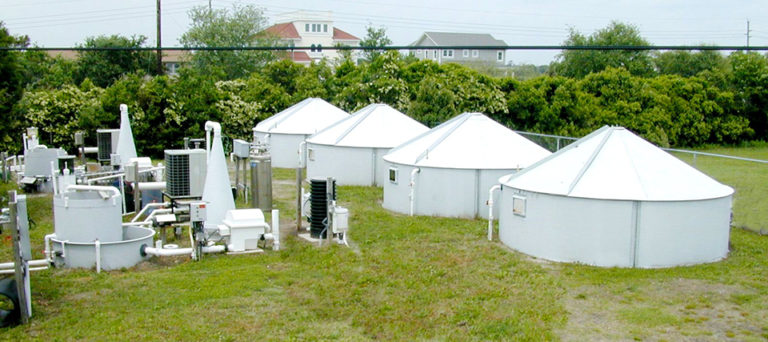
Responsibility
Microbead media offers low cost, efficiency in RAS biofilters
Grow-out studies of summer flounder at the University of North Carolina Wilmington evaluated microbead media as a biofilter in recirculating systems.
Responsibility
An important criterion when studying biofilters is the conversion rate of total ammonia nitrogen (TAN) to nitrate-nitrogen in production water. Although nitrification rates have been based on media surface areas, they do not always reflect the actual nitrification achieved. Volumetric TAN conversion rate is a direct measure based on filter volume.

Responsibility
Grow-out studies of summer flounder at the University of North Carolina Wilmington evaluated microbead media as a biofilter in recirculating systems.
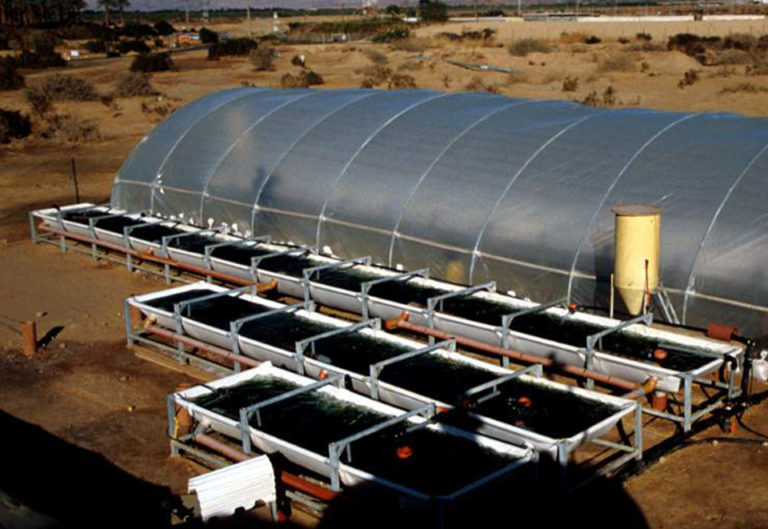
Responsibility
The use of integrated mariculture systems incorporating seaweed biofilters addresses the impact of discharges, promoting more sustainable production.
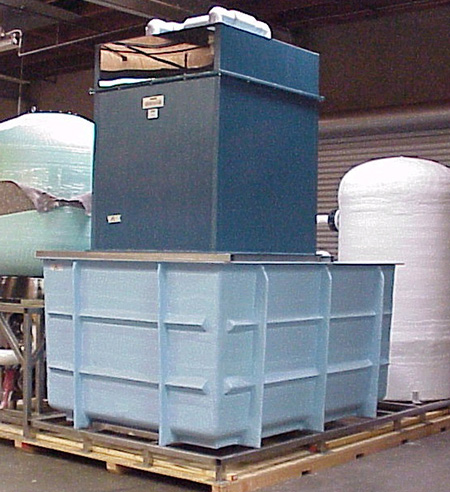
Intelligence
Heterotrophic and autotrophic bacterial communities supported within a biofilter naturally process organic wastes and provide biologically stable water.
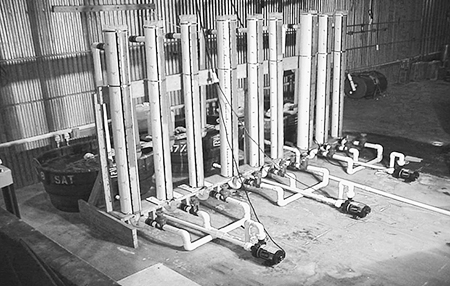
Responsibility
Study evaluates nitrification rates of three fluidized-bed filters, finding no significant changes in fluidization level as biofilm accumulated or was sheared off.
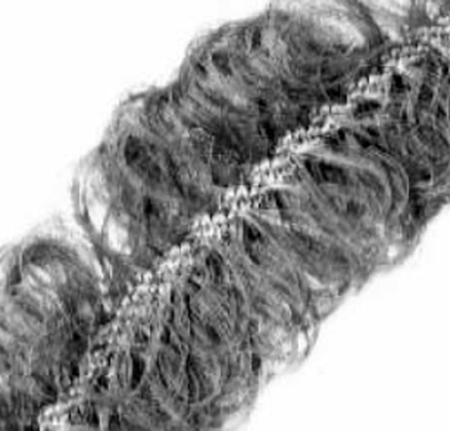
Responsibility
Bio-Cord is a biofilter media developed for management of drainage into oceans, rivers, lakes and marshes to prevent water pollution through sedimentation.